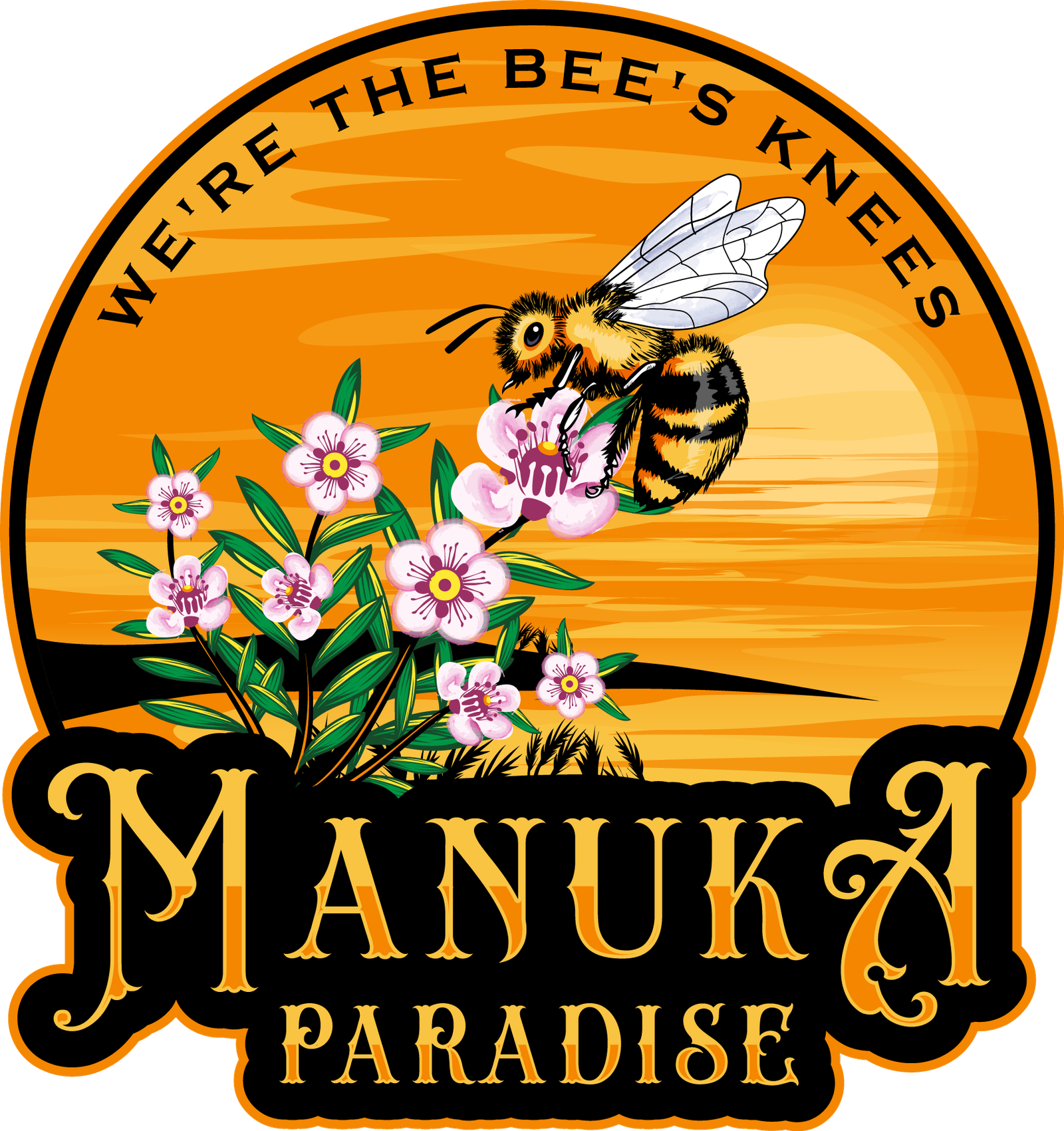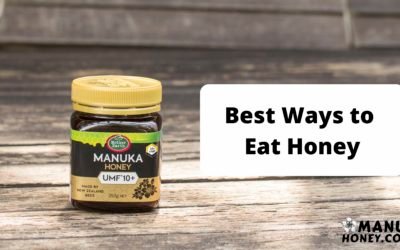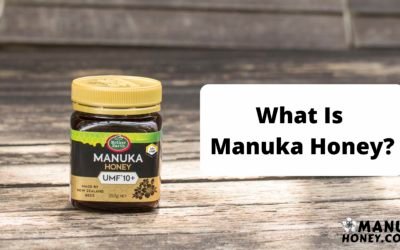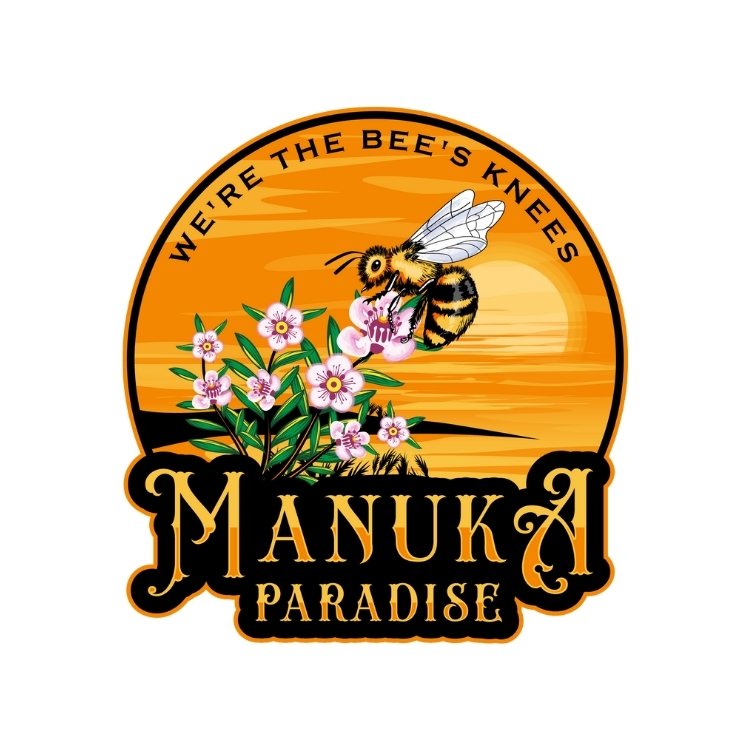Beekeeping: The Process Of Making Honey And What You Need To Know About Bees.
What goes into making honey and what are the processes inside a beehive? Find out more about the process of beekeeping in this article.
What is honey?
Honey is a sweet, sticky liquid produced by bees. As it has an acidic pH level of 3.2 to 4.5 and contains little water, it does not allow bacteria to thrive and thus has anti-bacterial properties. It is said that in order to create around 450 grams of honey, bees would have to travel 144 480km, which is around three times around the world. However, a single bee cannot possibly travel that far, and hence bees work in colonies. A colony is made up of a queen bee, hundreds of male drones and around 20 000 to 80 000 female bees.
The making of honey
In order to become beekeepers, you need to first know the process by which bees make honey. First, bees fly around and are attracted to aster flowers, coneflowers, cosmos flower for their nectar and pollen. When they have found a suitable flower, they dive in head first and suck in the nectar with their tongue. The nectar is then digested in their stomach. If they do not collect nectar, they collect pollen, which is stuck on their legs. The bee pollen is digested together with enzymes and nectar, then shaped into balls which are stored in pollen baskets behind their hind legs. These balls of pollen grains are called pellets, and each pellet contains around two million grains of pollen. These pellets also provide nutritional value for humans and sometimes beekeepers will set up pollen traps at the entrance of the hive as the bees make their way back to collect the pellets.
When the bees return to the hive, they pass on the nectar to one another through their mouth, whereby the enzymes in their saliva can also help to further process the enzymes. A bee then deposits the nectar into the honeycomb cell and lets it dry in the open for moisture to evaporate. The bees also use their wings to fan the area so that the nectar can dry faster and become thick. They then cover the cell with a coat of beeswax so that the nectar can transform into honey.
Bee’s food
Bees create their own food, using the pollen which they have stored. They mix the collected pollen with nectar or honey and saliva, and deposit them in cells next to the baby bees (known as larvae). This food is called bee bread and is their source of protein and nutrition.
An interesting fact is that what makes a queen bee fertile and the sole reason for its status as a queen is that it was not fed bee bread. This is because bee bread was found to contain some form of flavonoid (since it is made up pollens that come from plants) which can cause the ovaries to shrink. Hence, queen bees do not eat bee bread so that they can continue the reproduction system, but they eat royal jelly. Royal jelly is a white sugar bee gland secreted by the female bee workers. The larvae at their initial stage of development are fed royal jelly as well, but not for long as they grow.
Responsibilities of the different types of bees
As the queen bee has been continuously fed royal jelly, it has more nutrition and hence grows quickly and becomes bigger than it’s female counterparts. It has a sole and important responsibility which is to mate and reproduce. It can lay about 1500 eggs per day.
The most numerous types of bees in the beehive are the workers, which are female. They perform different tasks according to their age. The younger female bees work inside the hive and maintain the structure of the honeycomb, and tend to the larvae, drones and the queen. They also defend the colony from other bee attackers who might want to steal their honey. The older female bees on the other hand perform the more difficult task of venturing outside to pollinate flowers and collect nectar. These female workers have a lifespan of about one a half months.
The male bees are called drones. They come from unfertilized eggs produced by the queen. Their sole responsibility is to fertilize the queen. They usually mate outside their colony in the air, but the drone usually dies after mating. Sometimes, should the bee colony lack food during harsh conditions such as winter, they might “kick out” the remaining drones.
Beekeeping
There are various tools needed to successfully create a bee colony that produces honey in your own backyard. You will need protective gear, such as beekeeping jackets, hats and gloves to protect yourself from bee stings. You might need a brush to clear the bees away to do whatever you need to do. Another important equipment would be smokers, normally sprayed when you want to pull out the frames. The smokers essentially create an illusion of a fire, which bees react to by coating themselves with honey and therefore makes them less able to sting. The smoke also reduces the defensive mechanisms of the hive guards, and most bees would escape to the bottom of the container in the presence of the smoke. Hence, the smoker is essential. Lastly, you need a hive tool which is a scraper to cut the propolis and to remove the honey from the honeycombs.
Conclusion
Beekeeping is a relatively simple process, so long as you know how bees make honey, which we have shown you here and you that have the relevant equipment at hand. With this knowledge, you will be able to make honey at your own convenience and you can make other bee products such as bee pollen and honey stix. Alternatively, you may purchase our Manuka Honey which is manufactured in New Zealand and is UMF certified. You can be assured that our honey is of the best quality and manufactured with care.




